In these post-lockdown days, dog anxiety is at an all-time high. With millions of unsocialised dogs unleashed into society, [excuse the pun!] how can we help a generation of anxious dogs?
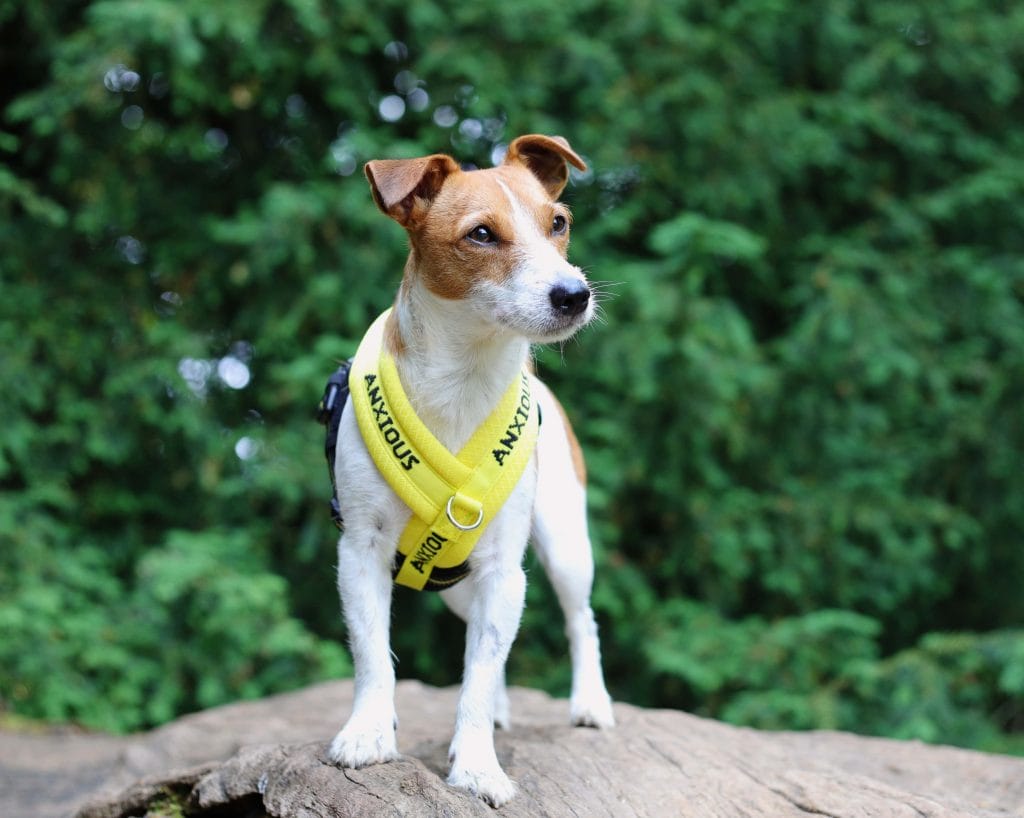
In this blog, you will hear about my’ pandemic puppy’ story first hand. I share my top tips on how to help your dog overcome their fears, and I discover some amazing new products that will assist your anxious dog.
Where it all began
We welcomed little Gertie into our lives at the beginning of February 2020, back when life was ‘normal.’ [If you can remember what normal was like!]
It had taken years to convince myself to get a puppy. Poppy, my very pampered only pooch, was 13 and a half and, after much deliberation, I felt the time was right to welcome the patter of tiny paws.
Having scoured the internet for what seemed like months, we finally found the perfect pup, a Parson Jack Russell cross. Terriers are my breed! I love their intelligence, their loyalty, and above all their characterful, feisty personalities!
Poppy [a Collie cross Parson Jack Russell] and is perfection personified. There is absolutely nothing I would change about her. However, there has always been one thing she’s hated, and that is being home alone.
Best Laid Plans
I was determined from the outset that Gertie was going to be a well-rounded, confident dog that would mix well with others, enjoy her own company, be great around children and adults, and not mind being left for short periods.
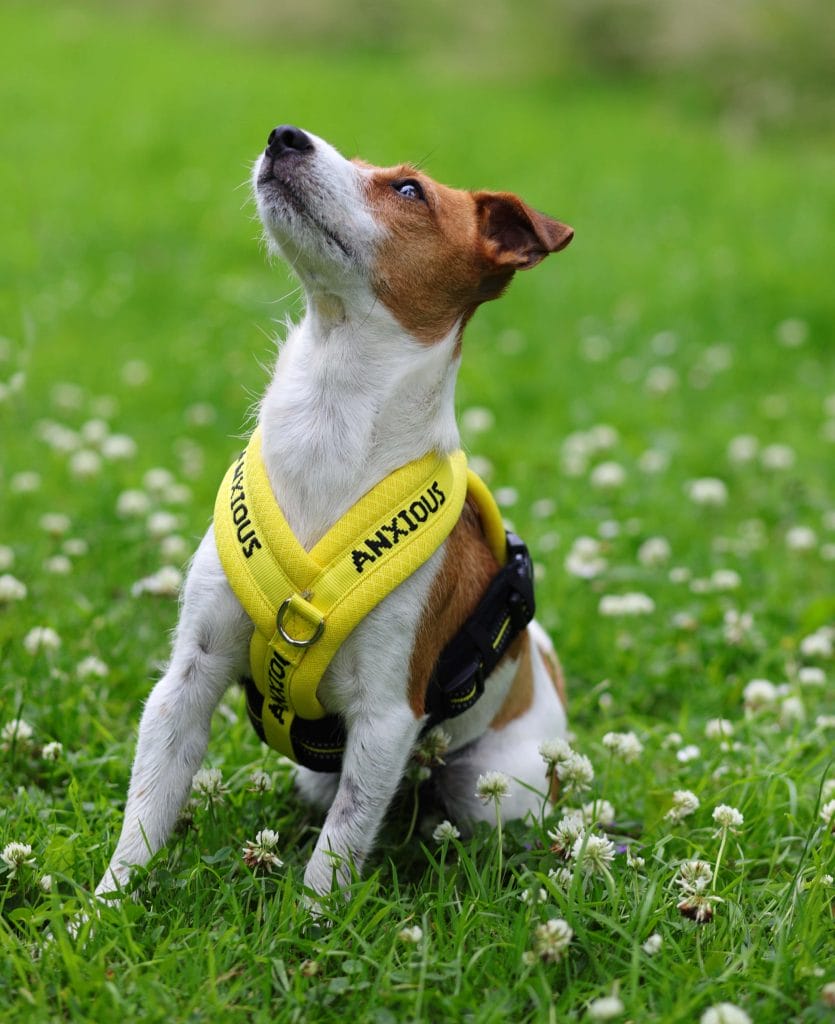
I had puppy socialisation classes planned, dog training groups, walks with friends, trips to the pub. You name it, I wanted Gertie to be well adjusted to the big wide world.
Then in mid-March 2020, almost without warning, Covid 19 struck. The rug was ripped from under us all and life as we knew it was over [or at least temporarily paused].
Gertie had her final puppy jab just as the first lockdown commenced.
I’m sure I’m not the only one who has to pinch myself and do a quick reality check. I still can’t quite believe the huge impact the pandemic has had on all our lives. Not least the lives of our beloved dogs and puppies.
Are lockdown puppies disadvantaged?
Aside from adjusting to life in lockdown, [the national toilet roll shortage and the rationing of eggs in the supermarket] my thoughts quickly turned to Gertie.
I’d carried her everywhere in a backpack with me since the age of 8 weeks, but she’d never actually socialised with any other dogs besides her siblings, and Poppy of course.
By early April, Gerts was allowed out for walks. But the big wide world that I was so eager for her to embrace was a far cry from normality. The streets were desolate, there was hardly any traffic on the roads, no joggers about, no horse riders, and we weren’t allowed any visitors to our house.
In the initial panic-stricken days of the pandemic, people were worried that the virus could be transmitted on dog fur. This meant that strangers not only had to keep their 2 meter distance but equally didn’t want to greet my new bundle of fluff for fear of the unknown.
All my plans for training went straight out of the window. And so much for getting her used to being home alone, we couldn’t go anywhere! Even her monthly puppy checks at the vets were cancelled because they weren’t essential.
In terms of Gertie’s development, it couldn’t have been worse timing. Don’t get me wrong I loved being at home with her constantly and never leaving her side, but I knew long term this wasn’t good for her.
Weeks turned into months
Initially, we all imagined that lockdown would hopefully be a matter of weeks. But as weeks turned into months my concern for Gertie started to grow.
Making the most of a bad situation I did as much socialisation as possible with her at home. Socialisation without being sociable that is! Not ideal, but better than nothing. Thanks to my lockdown boredom, I even wrote about it in an effort to help others How to Socialise Your Puppy in Lockdown.
As time went on though, the impact of the pandemic’s restrictions on Gertie were becoming more and more prevalent. She was turning into a very nervous little puppy.
Dogs show their anxiety in a variety of ways. Some will cower or shy away, whilst Gerts was very vocal!
She would pull like crazy on the lead when we met other dogs, and greet them with a very defensive snarly bark, regardless of their breed or size.
Off the lead, where she was in full control, she was a good as gold. But on lead, she was a complete nightmare and her reactivity was getting worse by the day!
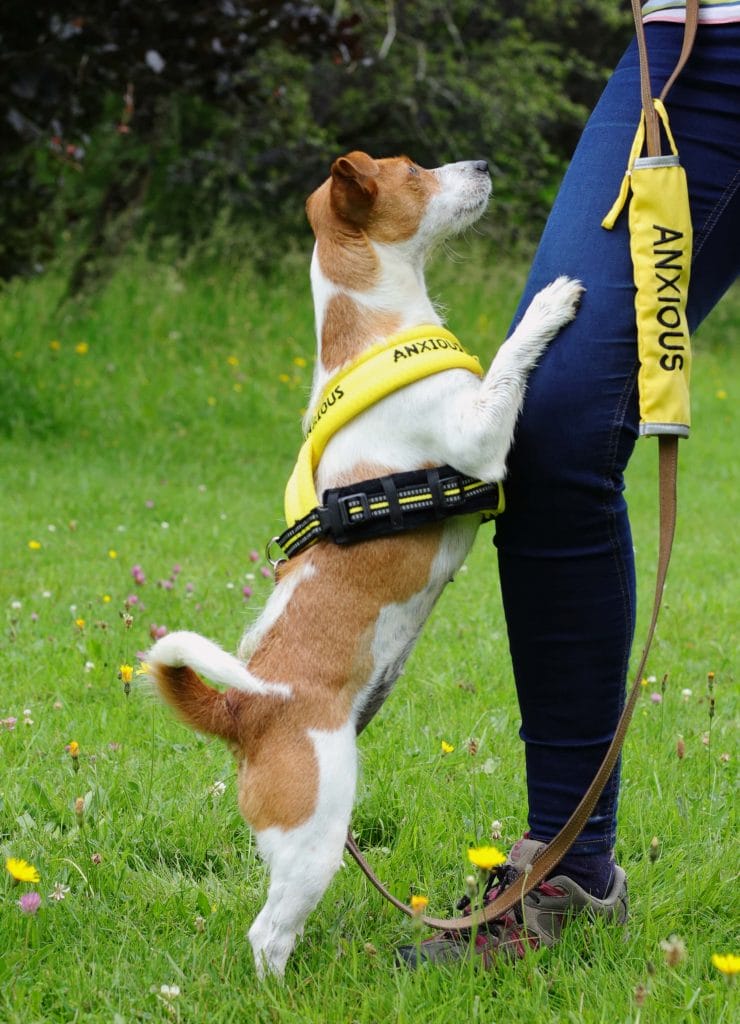
By September, when we were finally allowed to meet other people outside on a one-to-one basis for dog training, I booked in for a one-hour session with Kerry from Dog Training Wiltshire.
“I felt like a failure”
I will admit to feeling like a bit of a failure. Poppy had taken to training like a duck to water. She’d shot to the top of the class, and I remember feeling rather smug that she didn’t require any individual intervention outside of group classes.
I went along to the training session somewhat nervously and took on board every nugget of advice that was given to me.
It was clear that if Gertie was going to get over her anxiety and fear around other dogs on leads, there was a lot of work for me to do.
For the next few months that followed I embarked on an hour and a half round trip every day to Westonbirt Arboretum where I was guaranteed to meet a lot of fellow canines and put into practice everything I’d learned.
The key message from the training session was trust and space.
An Anxious Dog Needs SPACE
Gertie needed to trust me implicitly if we were going to overcome her fears, and she needed space to work through her emotions.
To me, trust and space are of equal importance when training an anxious dog. However, to gain absolute trust, your dog needs to concentrate. Without space, maintaining their attention is impossible. It’s no good trying to train a dog mid-frenzy when they are trying to run away or are preoccupied with keeping themselves safe.
Creating space and providing enough distance between your dog and their perceived threat is imperative. But it can be easier said than done with lots of fellow canines on the loose.
How do you warn others that your dog is anxious?
Well, a very lovely lady called Sarah has set up a company called My Anxious Dog.
Inspired by her own dog’s anxiety and a burning desire to help Bella the Cocker Spaniel overcome her fears, Sarah has designed a range of products aimed at helping nervous dogs.
The yellow accessories are worn to let others know that your dog needs space and time to adjust to situations.
It is not a warning to the world that your dog is aggressive, far from it. It is a subtle way to communicate with others. It is a responsible and safe way to encourage others not to crowd your dog, and arouse unwanted reactions.
The more we can raise awareness of dogs wearing yellow, the more we can help our anxious dogs to manage their reactions and create an environment in which they feel safe.
My Anxious Dog – The #YellowArmy
Why yellow you may ask? Well, yellow is the official warning colour for caution. It is used by the police on crime scenes and is a colour associated with vulnerability and cowardliness.
Yellow also stands out and can be seen from a distance. So how can you join the #yellowarmy, as Sarah has affectionately labelled it?
Sarah is passionate about My Anxious Dog and has created a variety of visual resources to raise awareness of her campaign. You can purchase her stickers, posters and promotional products here if you’d like to get involved.
She has also created a range of yellow dog products including harnesses, jumpers, lead slips and leads, collars, raincoats and even human clothing.
Not only are these accessories highly effective, but they are built to last. Sarah has designed them with practicality and comfort in mind.
The harness comes with a lead attachment at the front and on the top. Whilst the underbelly strap is adjustable and is cushioned with velvet padding for maximum comfort and to avoid rubbing.
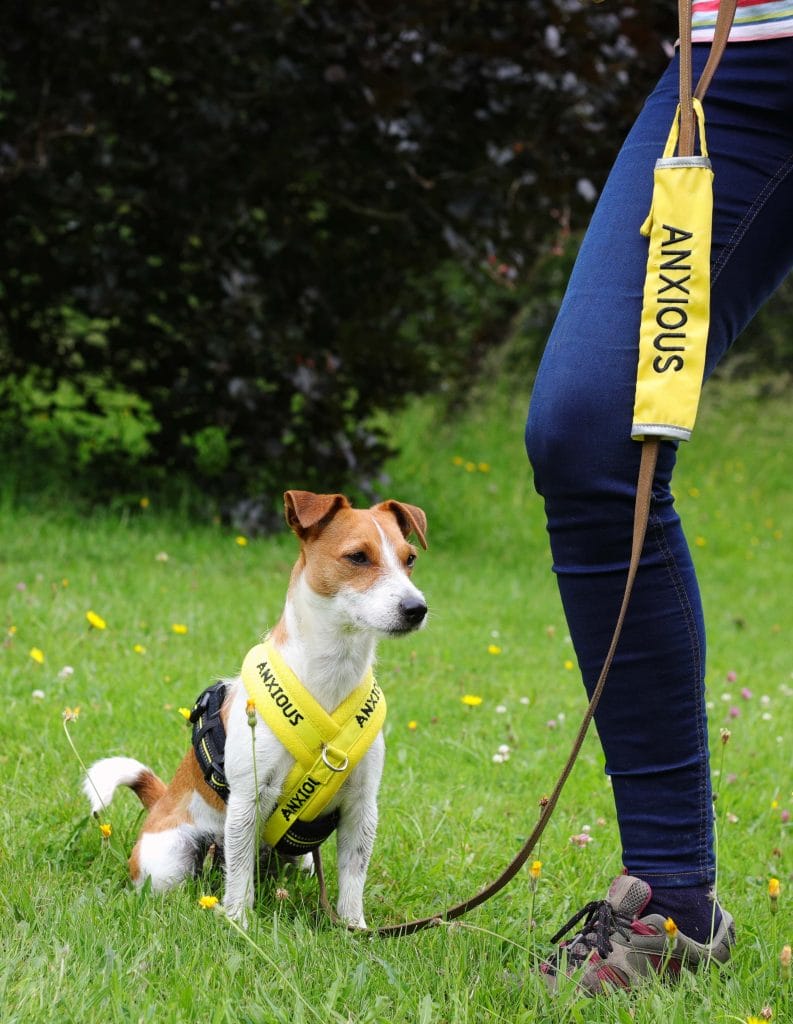
The lead slip fastens with a press stud that secures around the handle of your dog’s lead. It also has a reflective edging, so you’re visible when walking in the dark.
Helping an Anxious Dog – Keep Your Distance
Dressing your dog in yellow is not enough on its own though. Whilst it’s a great way to warn others and hopefully raise respect within the dog community, your dog still needs to be taught a coping mechanism should another dog approach them unannounced.
For effective training to take place, distance is imperative. You’ll be able to judge the correct distance by gauging your dog’s behaviour and body language.
I have broken the distances into zones to help:
A – You are far enough away that your dog hasn’t even noticed their perceived threat.
B – Your dog is aware of their perceived threat, but you can still easily get their attention and distract them with treats or toys. (This distance is ideal for training).
C – Your dog can see their perceived threat and is starting to panic. You can feel their anxiety rising and getting them to focus on your instructions is becoming increasingly difficult. (You need to move away before their anxiety level rises. Return to zone B)
D – All the toys are out of the pram! Full-on panic mode has commenced and there is no way your dog can take on board any instruction.
Stay in the Zone
Most of your initial training will take place in zone B. If done properly, with patience and persistence you will be able to lessen your distance in time.
Remember, don’t be tempted to move too close too soon. It takes time, there’s no quick fix with anxiety.
One of the biggest breakthroughs for me was taking Gertie to a socially distanced group training session where all the other dogs had similar anxiety issues.
To begin with Gerts and I just circled the edge of the field, taking time to stop and watch the other dogs from a safe distance where Gertie had no sense of fear.
We gradually inched closer and closer, and by the end of the hour session, we were standing by the other 7 or so dogs talking to their owners. [It was a truly incredible feeling and one I’ll never forget].
TRUST
Once you’ve established the appropriate training distance, the thing you need to work on next is trust.
Trust is the foundation of any successful human-canine relationship. However, trust can only be established through consistency, empathy, kindness and reliability.
I’m no expert dog trainer, but after helping Gertie transform from an incredibly anxious puppy to a reasonably confident adolescent, I feel somewhat well placed to share my tips for success.
My top tips to a less anxious dog
Training.
Do your research and find a trainer that you have faith in. Book in for an individual session and take on board everything they say. Then go away and practice! Having been a teacher, it amazes me how many dog parents expect their dog to be cured within one training session. A fearful dog may never fully overcome their anxieties, but we can help by giving them the mechanisms to cope.
Remain calm and Reward.
Let your dog see that you’re in control. If you get flustered and panicked, so will your dog. They need to be able to look up to you, for you to be their safety net in all situations. Take deep breaths to keep your body relaxed and use a calm, low voice. Praise your dog. Let them know when they’ve done something right. Try to ignore the unwanted behaviour and focus on the positives. Reward them with treats, cuddles, toys – whatever floats their boat.
Understanding.
The first thing to understand is that fear is a chemistry. It’s an involuntary reaction. Fear produces a whole cascade of chemical responses in the brain, causing a release of cortisol. This triggers a fight, flight, or freeze reaction in your dog. Your dog has no control over its response. It’s their natural reaction to a perceived threat. During a fear episode, your dog genuinely believes that their life is in danger. Look at the world from your dog’s perspective. Remember they don’t have an equal understanding of the world. They don’t have the same access to language that we do. We can’t reason with them so we need to find alternative ways to communicate in the form of body language and simple, calm commands.
Synchronicity.
To develop trust, you and your dog need to be working in harmony. Singing from the same page. You need your dog to be constantly looking at you, checking in to see what you’re doing. To begin with, every time they so much as glance in your direction, reward them with a treat. I never thought Gertie was that interested in food, but with the right treats, she was soon convinced that titbits were are a far better option than yelling at another dog! If you feel your dog needs a longer distraction, scatter tasty morsels in the grass to lower stress levels and give your dog time to refocus.
Time.
Overcoming anxiety takes time. It is only now, after 8 months of consistent training that Gertie constantly checks in with me on a walk and trusts me fully. Now and again you’ll need to take a step back. Even take days off training. You may have some days when you feel like you’re back to square one. Let’s face it, we all have times when we’ve got out of bed on the wrong side! It’s the same for our dogs. Some days their little buckets will just overflow for no apparent reason, just accept it and move on. [Gertie’s little bucket still overflows on ocassions, but thankfully it’s a lot less frequently].
Pandemic or Personality?
I’ll never know whether, in more normal circumstances, Gertie would be a completely different dog. But I cannot deny the pandemic has had a huge impact on her socialisation and environmental enrichment from an early age.
I wholeheartedly believe that dogs, like humans, are born with their own personalities, and genetics make up an enormous part of who they are.
Rather like people, some of us are of a nervous disposition, whilst others exude confidence that some of us can only ever dream of.
But external factors also play a huge part and influence a dog’s character. If you have an anxious dog you owe it to them to do everything in your power to help them overcome their fears.
For me, it’s imperative I can take Gertie to places with us and include her in my life as much as possible. I somehow doubt she will ever completely get over her fear of strangers.
The important thing is though, she can interact with other dogs, have fun when we’re out and about, and walk past other dogs on leads without going crazy!
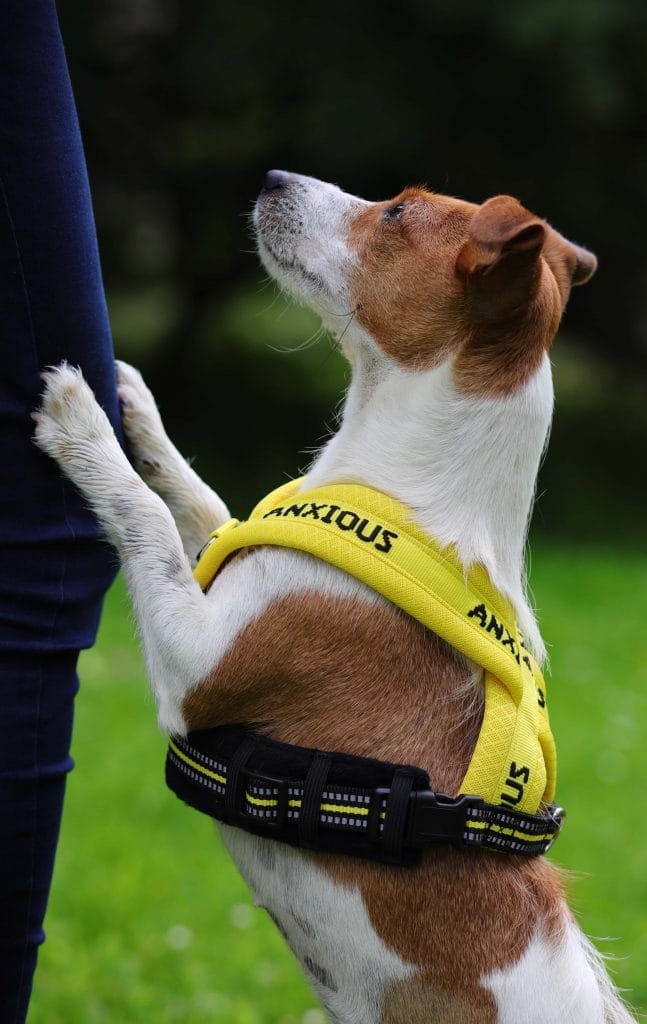
I was never going to give up on her. My dogs are my world and I was prepared to do whatever it took to give Gertie the support she needed to become a less anxious dog.
I hope I’ve inspired you to get your anxious dog the help they deserve.
Head over to Sarah’s website and buy your dog some accessories to allow them space for successful training, then it’s time to start the hard graft.
It is not an impossible task, no dog is beyond help. It’s about building trust, giving them space, and helping them see the world more positively
If you have an anxious dog, we’d love to hear how you’re helping them to overcome their fears.
Woofs and Wags
Kate, Pops and Gertie
xox
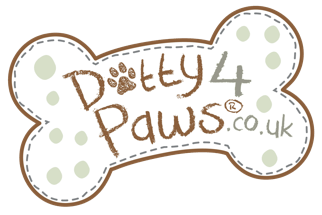
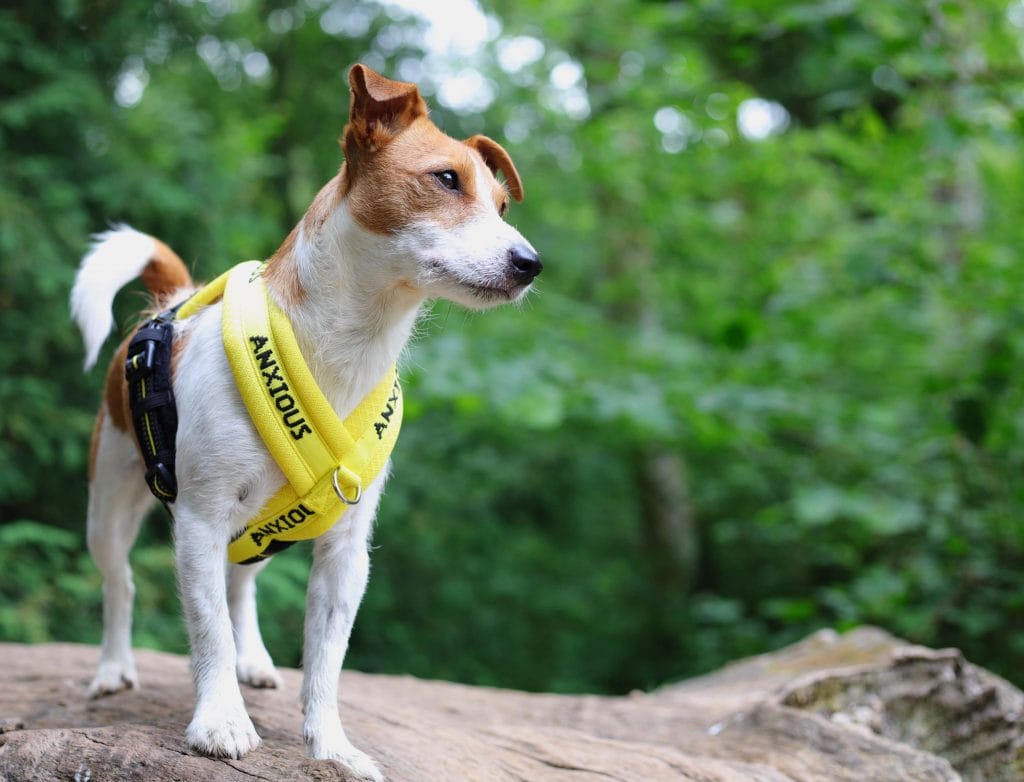
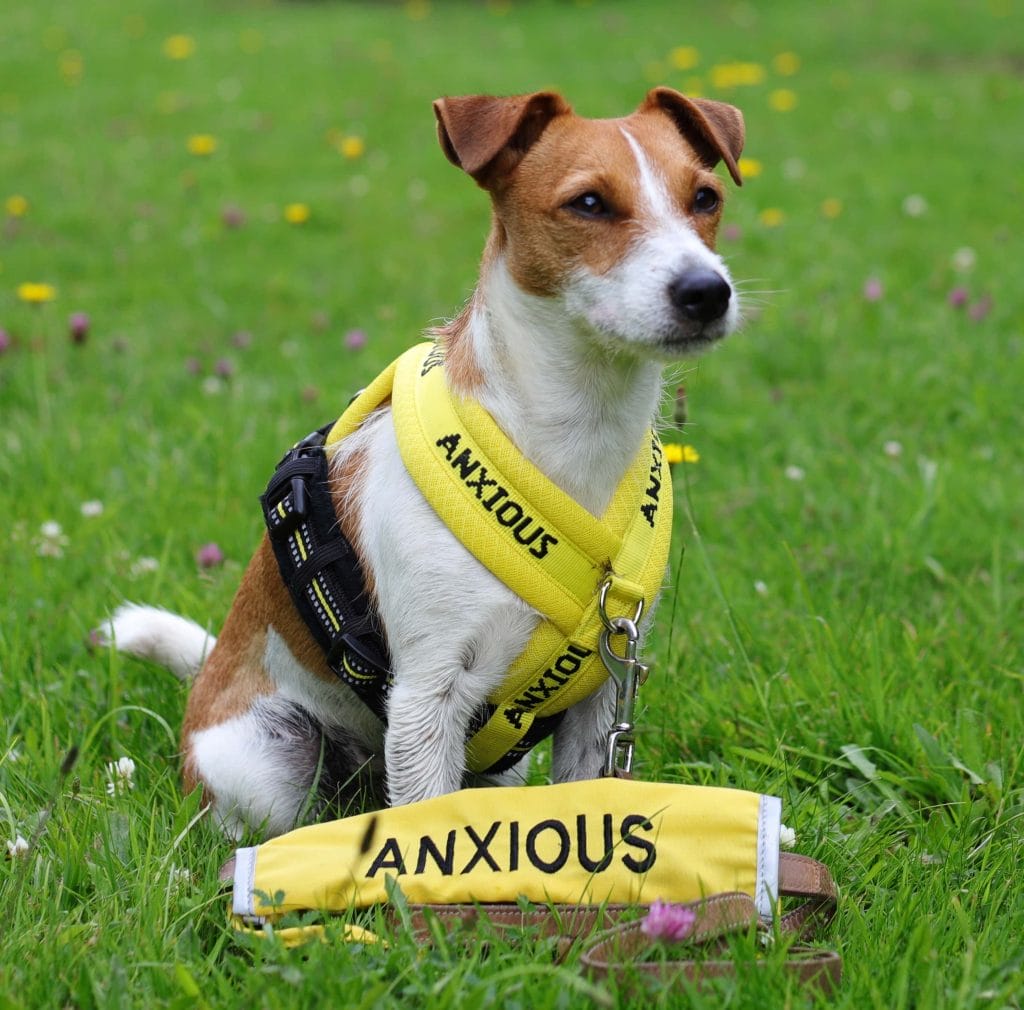
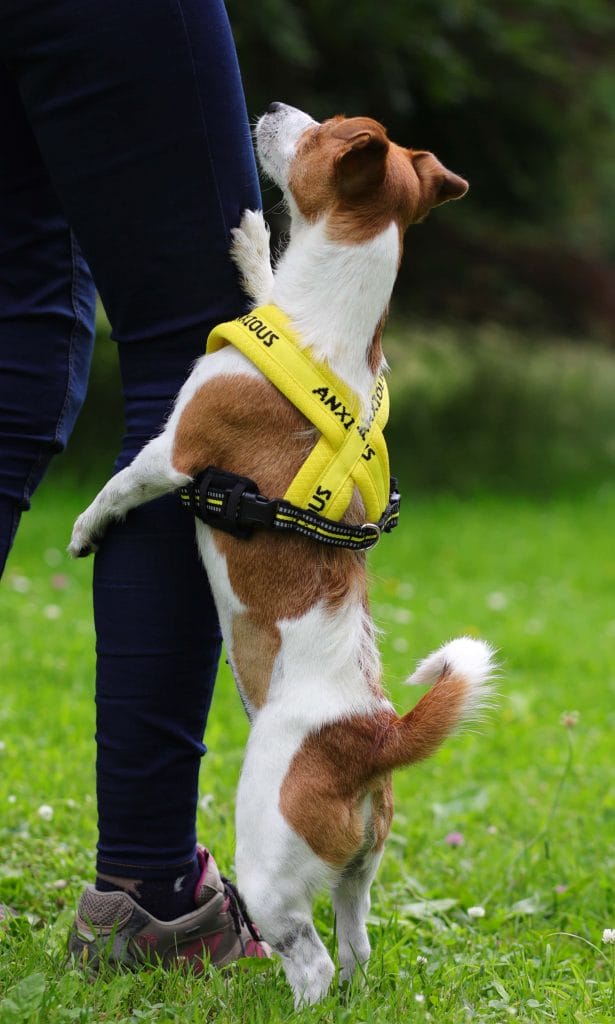
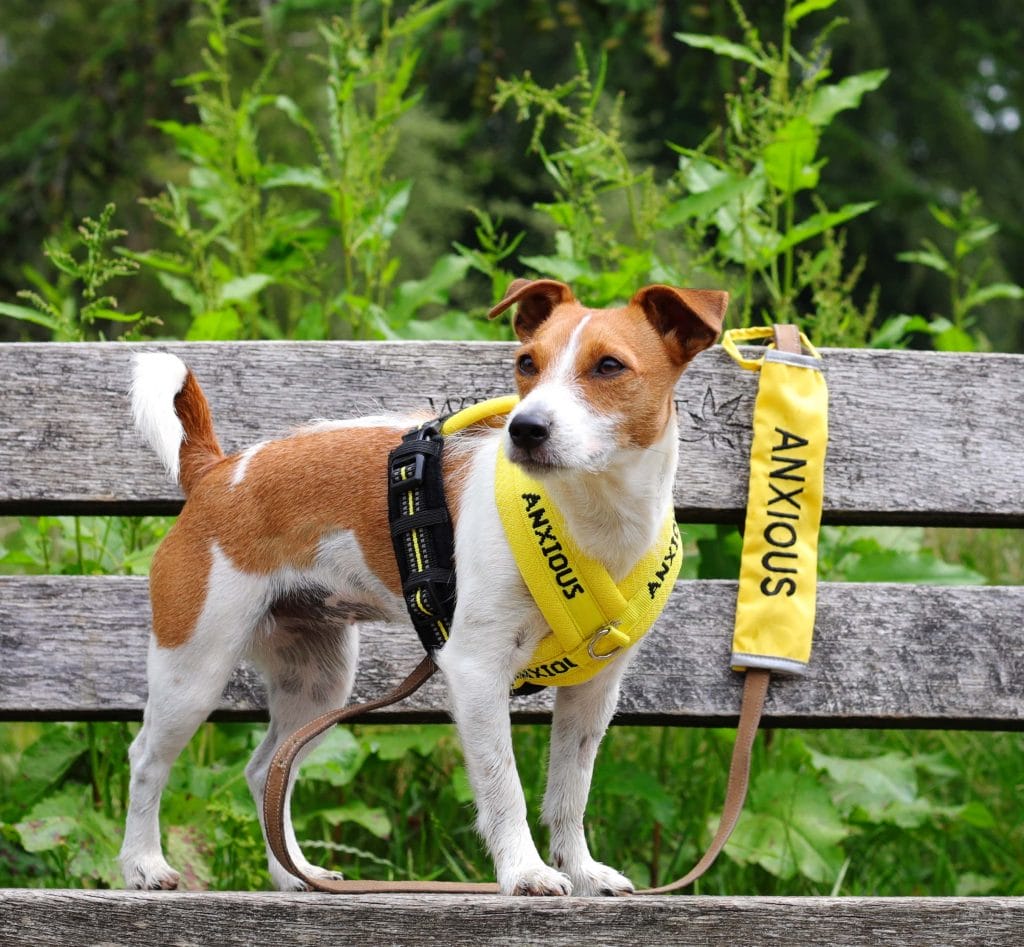
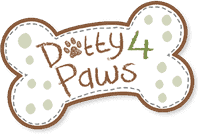
Very lovely article. So well.written. and I can relate to so.much of it. Thanks for sharing!
Thank you so much for taking the time to read my blog.
I’m sorry to hear you have a nervous doggy too.
Brilliant read. After a attack where my dog suffered serious throat injuries. We are now on this journey of rehabilitation and your story just gave me hope.
Ahh thank you so much for reading it, and I’m glad it has given you hope.
I’m so sorry your dog had to go through that awful experience.
I can totally relate. We got Maggie, she’s also a Parson Russell, during lockdown in June 2020 when she was 11 months old. So we had the double whammy of lockdown plus breeders who hadn’t even house trained her let alone socialised her (though of course we didn’t know that when we got her!! She literally didn’t know how to climb stairs or how to sit with you on the sofa). It’s been and is a challenging journey but sometimes she totally amazes us, and she’s taught us a lot about seeking progress not perfection! Thank you so much for the tips.
I’m so glad you found it helpful – it sounds like you’ve had your work cut out!
Gerts still has the occasional wobble, but mostly she’s as good as gold now, so perseverance really does pay off.
So pleased to hear you are making a break through with your little Maggie. Parsons are just the most adorable dogs x